No longer content to just being the ubiquitous source of information of all kinds for the typical college student, Google is now trying to be the platform that friends use to plan their next hangout. As 9To5Google reported earlier today, the company launched an app called ‘Who’s Down’ on the Apple App Store and Google Play Store this morning.
Ostensibly a tool that allows friends interested in similar activities to quickly group and spend time on the event, the app is currently invite-only and is restricted to college students. It is worth noting, though, that ‘Who’s Down’ does not require users to sign up with an academic email address on a .edu domain, but does ask users to enter the name of an institution before joining the wait list. While it’s clear that there is no restriction to join the app which is good for growth, the targeting is also clear. Going after college students and teenagers with social apps isn’t exactly core to much of Google’s business, but it has been doing it with some small social efforts.
We were able to be the first media outlet to get inside the iOS version of the app, and the design is characteristically Google, pleasant to use and with the company’s trademark blue-white design scheme. Once you move a slider that indicates that you are ‘down’ to meet other people, the app lets you enter the name of an activity that you are interested in doing, and also provides a list of what appear to be popular or intelligently guessed selections. After selecting I was ‘down to hang’, the app ostensibly began waiting for other people to signal that they were interested in the same. Once more than a few other people indicate an interest in whatever you are interested in doing, the app will notify you and slide seamlessly into a chat room, where conversations disappear after 24 hours of last activity.
While Google’s product does come with a fairly slick and well-designed user interface, this concept is not entirely new. Shortnotice, a product launched by one of my classmates at Stanford over a year ago, has been using a similar system, allowing users to manually enter the activity they were interested in and waiting for other users on the app to express interest. ‘Who’s Down’ is also very similar in user experience and design to Free, an app cofounded by Path’s Danny Trinh.
Barring Google’s powerful autocomplete feature being used to reduce the time it takes to type in activities of interest, Google’s design choices are hardly novel. With Shortnotice still struggling to gain users in what seems to be a difficult space to enter, it’s hard to see whether or not ‘Who’s Down’ will be able to overcome the same obstacles. Only time will tell whether or not ‘Who’s Down’s well-designed user interface will make up for a user input system that has been historically unsuccessful.
Google is definitely playing catch-up in what can only be called the ‘impromptu event initiation’ environment. Several, albeit smaller, players have been entering this market periodically, but few have stuck with users. The cumbersome nature of typing led Stanford alumni Nikil Viswanathan and Joseph Lau to rely on a limited set of options their app Down To Lunch. Fairly successful across college campuses, Down To Lunch is centered on a large button that users can press to indicate interest in a group activity.
While on the face of it Google’s product appears to come with an intuitive design and excellent visual schemes, it is difficult to estimate the impact ‘Who’s Down’ will have on users without being able to use the app. Limiting the product to invite-only and branding it for college students will clearly be effective in gaining market share. It could be that ‘Who’s Down’ might help pull Google out of what can now only be called a social product rut.
Disclosure: I am a student at Stanford.
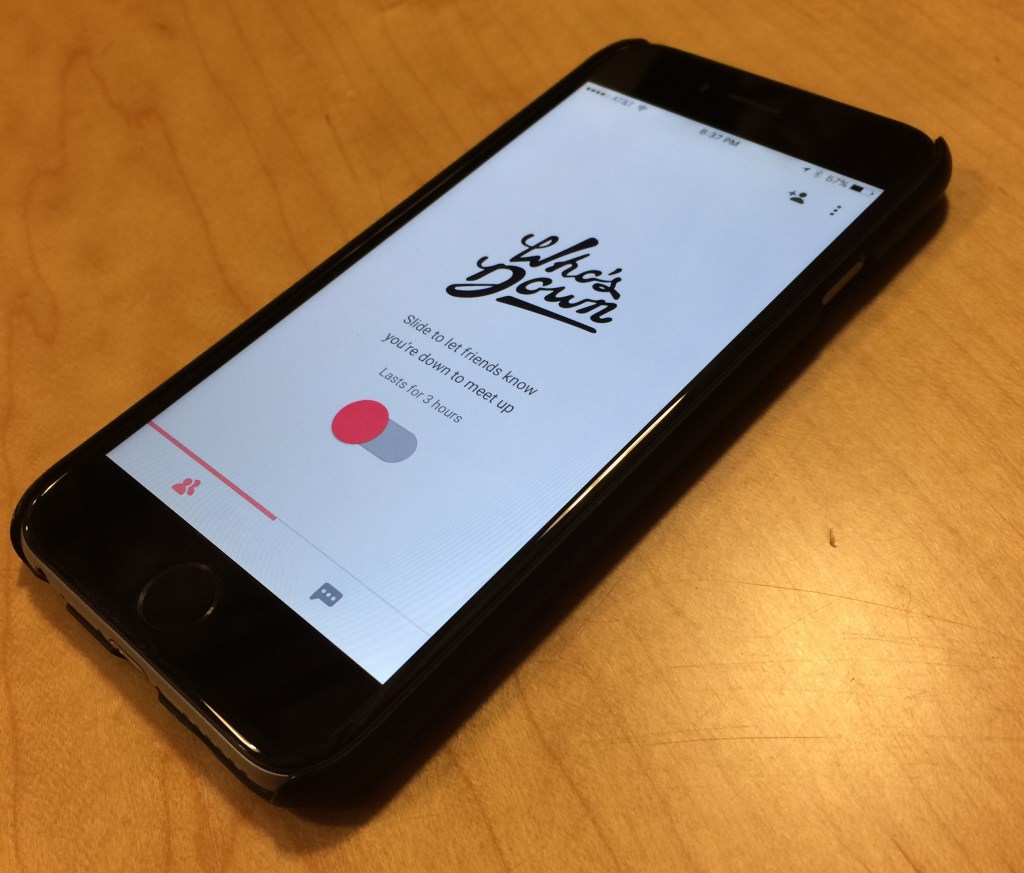
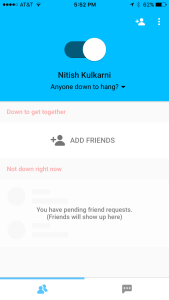
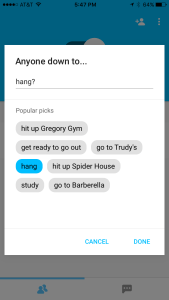
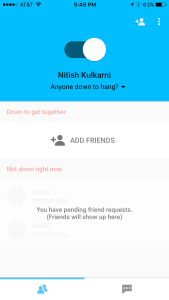
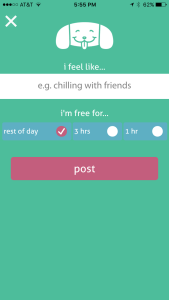































Comment